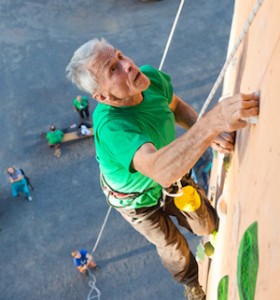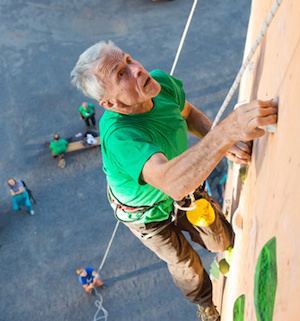 We sit too much – in cafes, offices, the car, in front of TV and computers. Yet we know that inactivity is one of the high risk factors for diabetes. More than 270,000 New Zealanders have diagnosed diabetes and many more have it without knowing. Any kind of activity which gets your heart and body moving will help prevent Type 2 diabetes and encourage overall good health.
We sit too much – in cafes, offices, the car, in front of TV and computers. Yet we know that inactivity is one of the high risk factors for diabetes. More than 270,000 New Zealanders have diagnosed diabetes and many more have it without knowing. Any kind of activity which gets your heart and body moving will help prevent Type 2 diabetes and encourage overall good health.
The growth in diabetes numbers is fuelled by an increase in Type 2 diabetes which is undeniably linked to obesity, poor diet and lack of exercise. This means that a large proportion of diabetes care and prevention is self care.
Poorly managed diabetes is a major cause of heart attacks, strokes, kidney failure, blindness and foot and leg amputations. If people will change their lifestyle patterns they can help to avoid these life threatening complications
Blood glucose control, blood pressure and cholesterol control, weight loss and exercise all contribute to good management. Healthy eating and regular exercise are of utmost importance.
“Whatever you can do to increase the amount of physical activity you do and reduce the length of time sitting will have an impact on your diabetes and general health,” says Catherine Falconer, who led a recent study.
Physical activity is important for glucose control as a well as for maintaining good blood flow in feet and legs. Both nerve damage and reduced circulation in the feet can result in numbness, tingling, loss of feeling, abrasions and ulcers which do not heal and can lead to amputation.
Ensuring good circulation in feet and legs is essential for avoiding these foot problems. Any kind of movement boosts circulation. So keep moving, with any activity you enjoy!









- 8 years ago
I am sure the over 60’s are more active than in my grandparents day. General health is better at that age and life expectancy is longer.